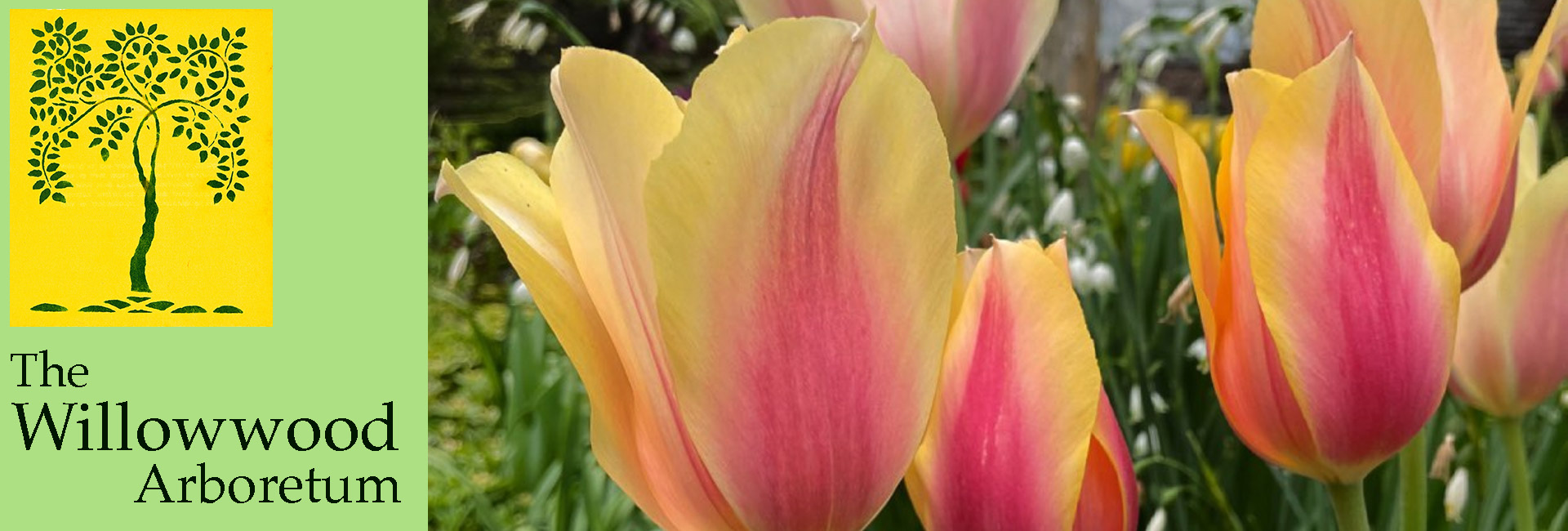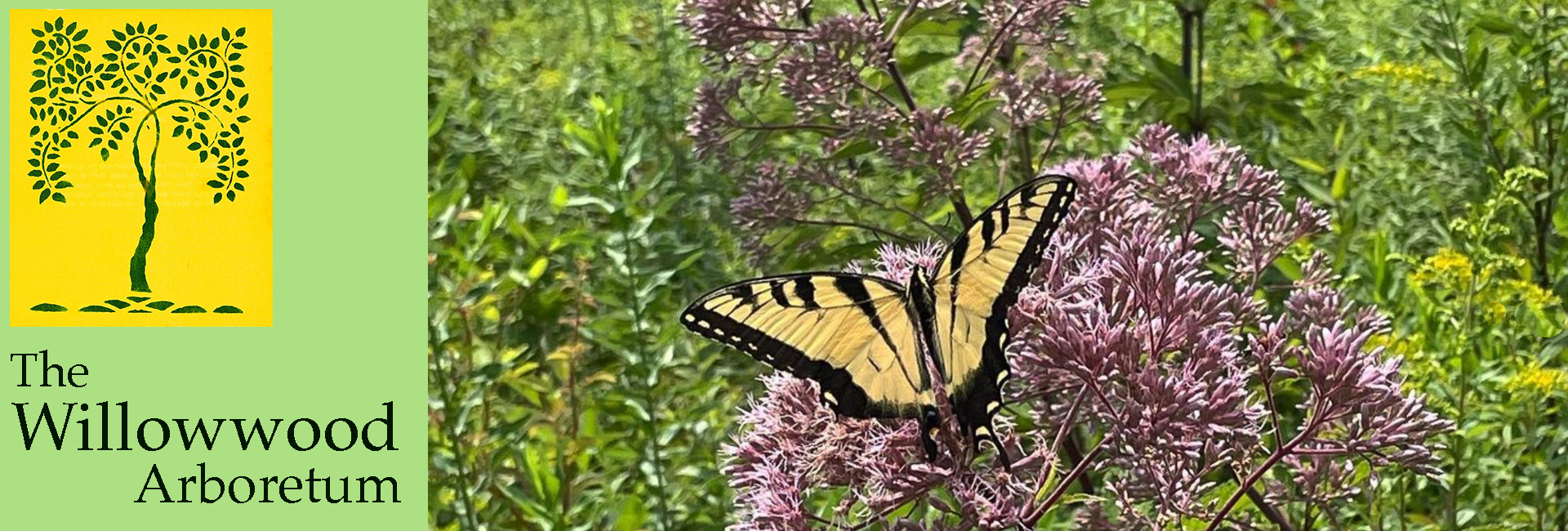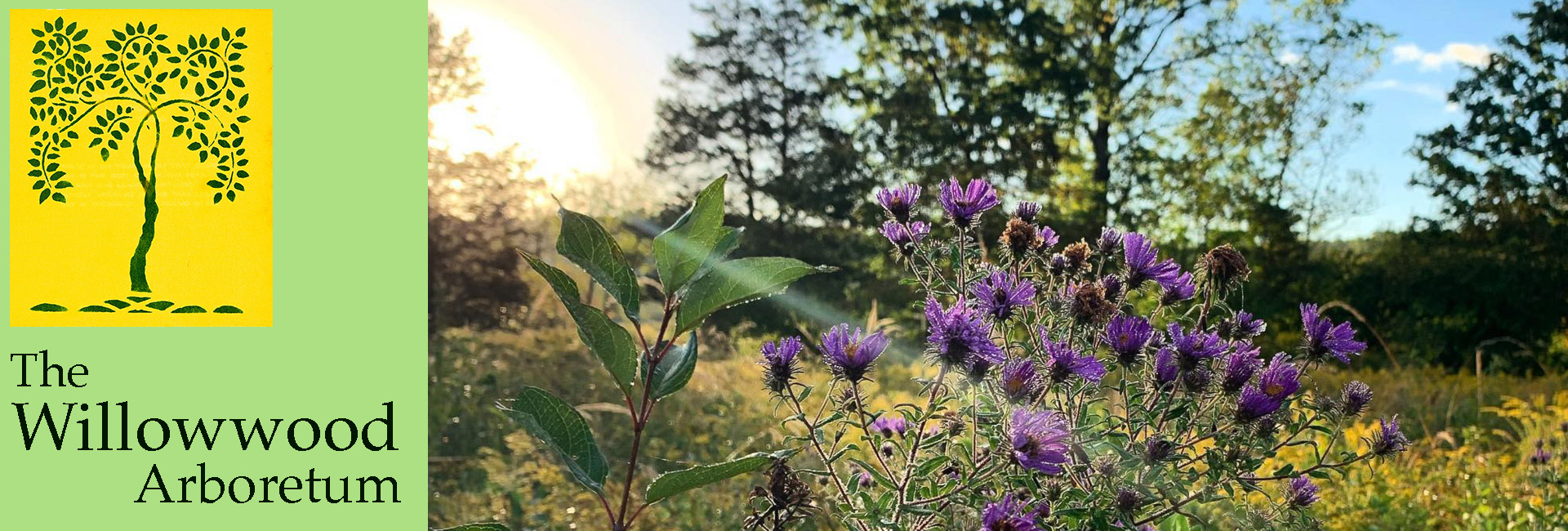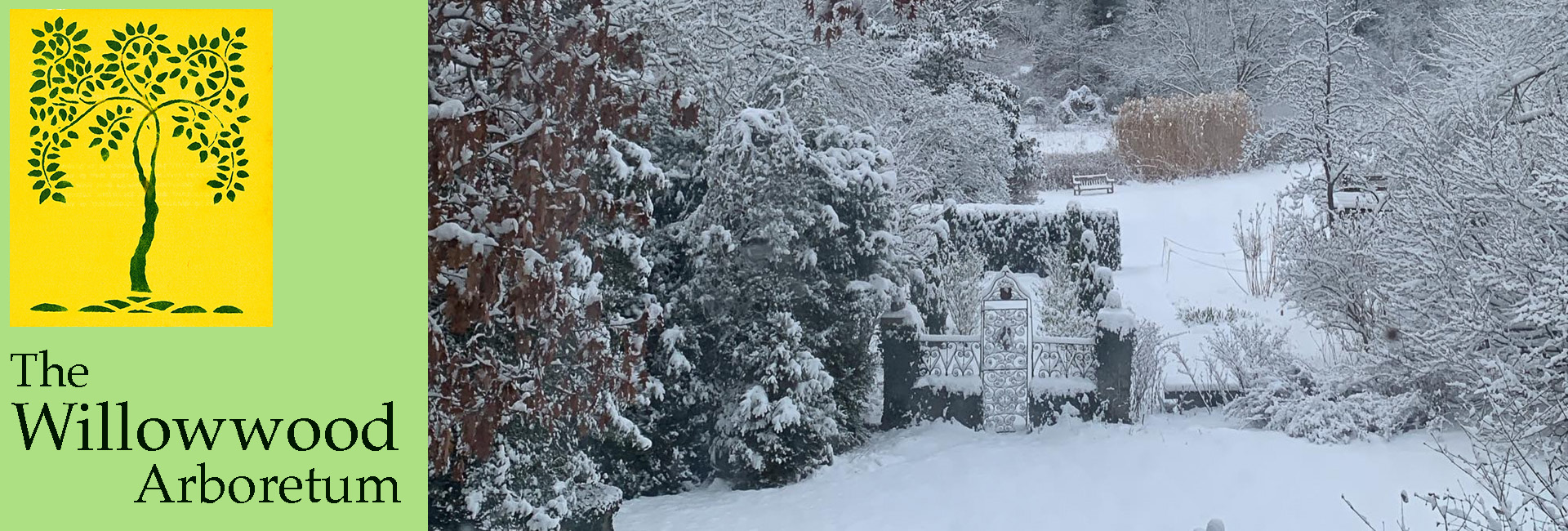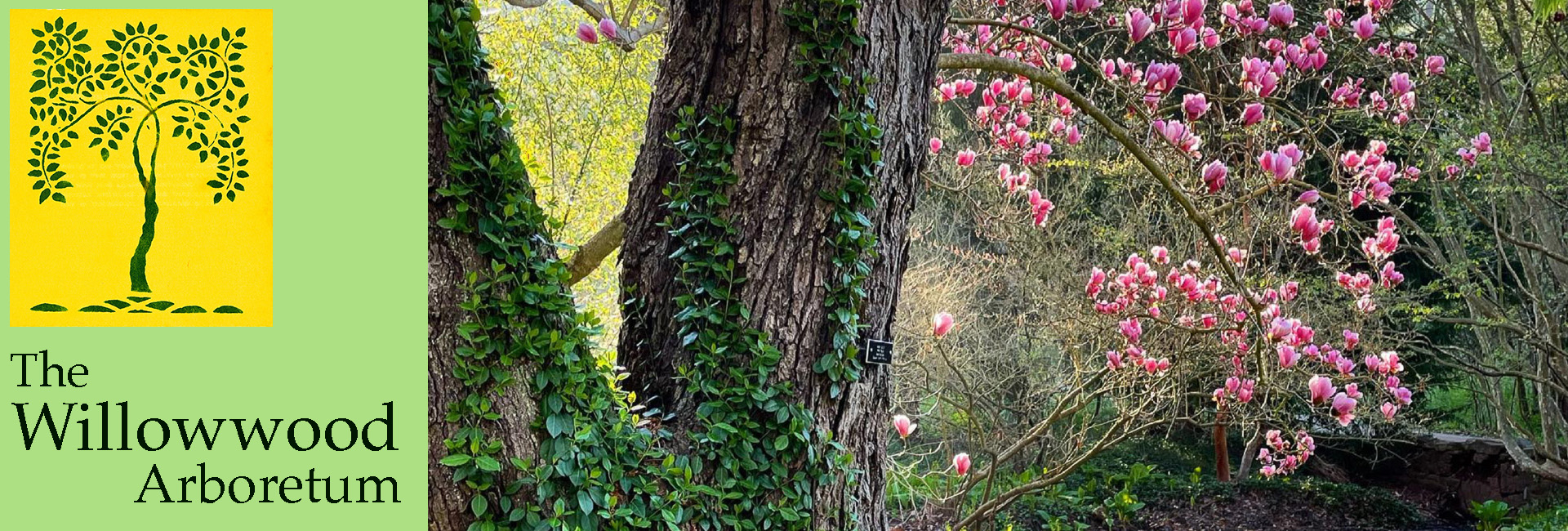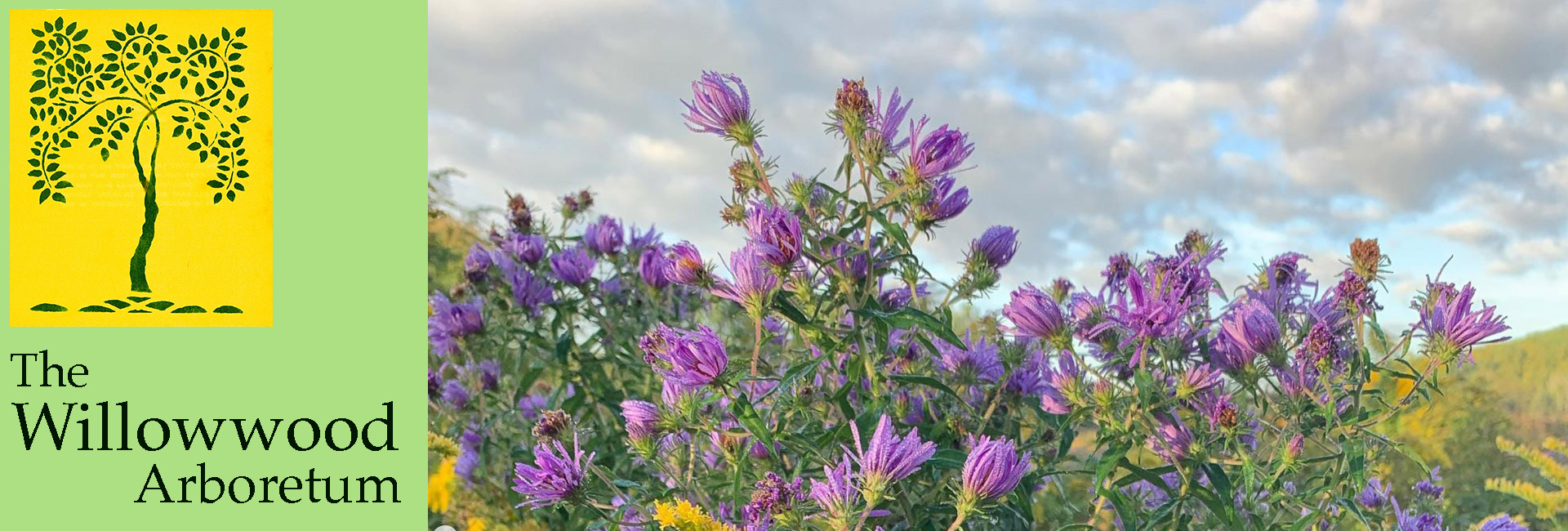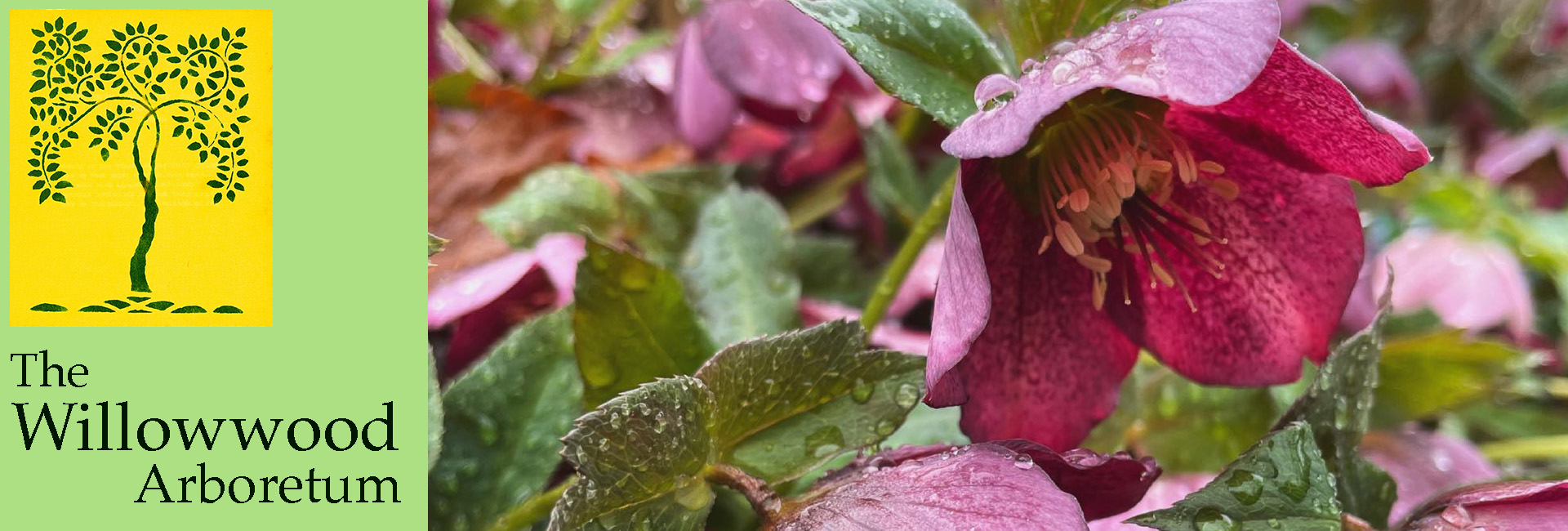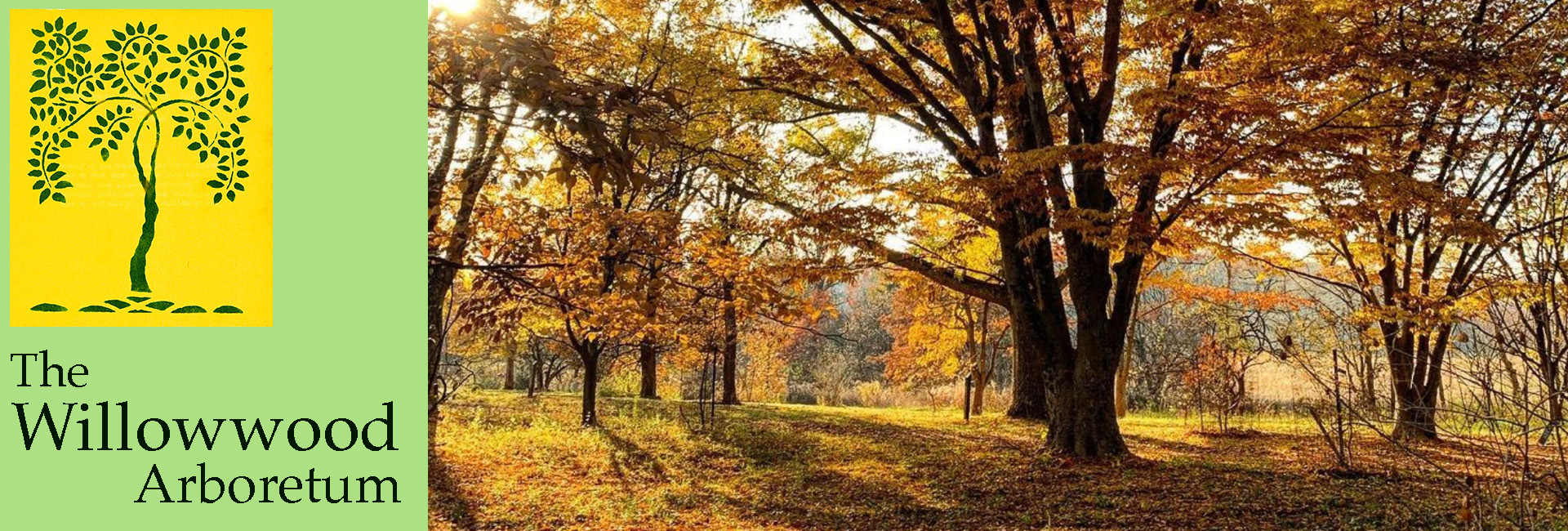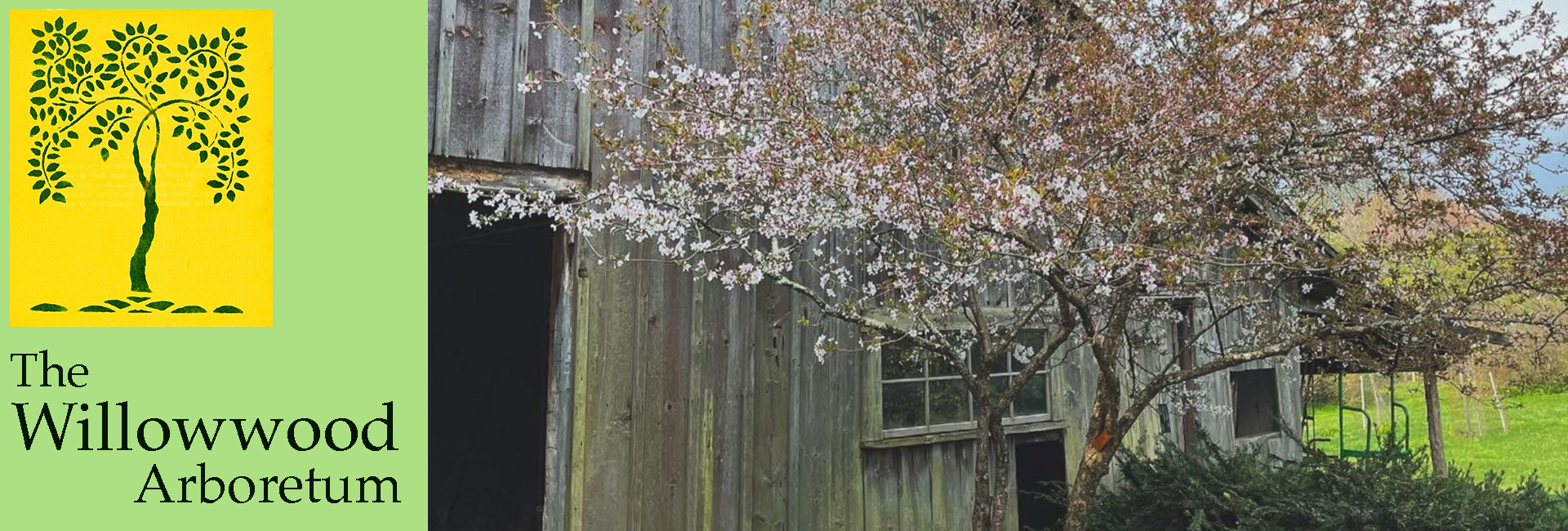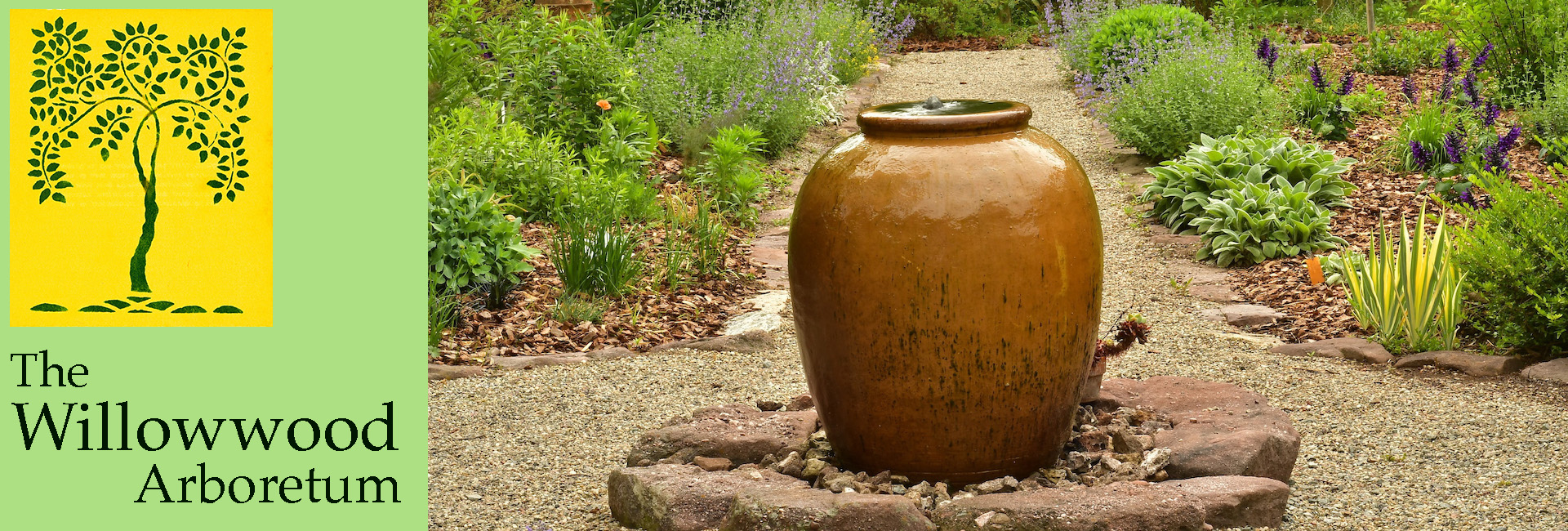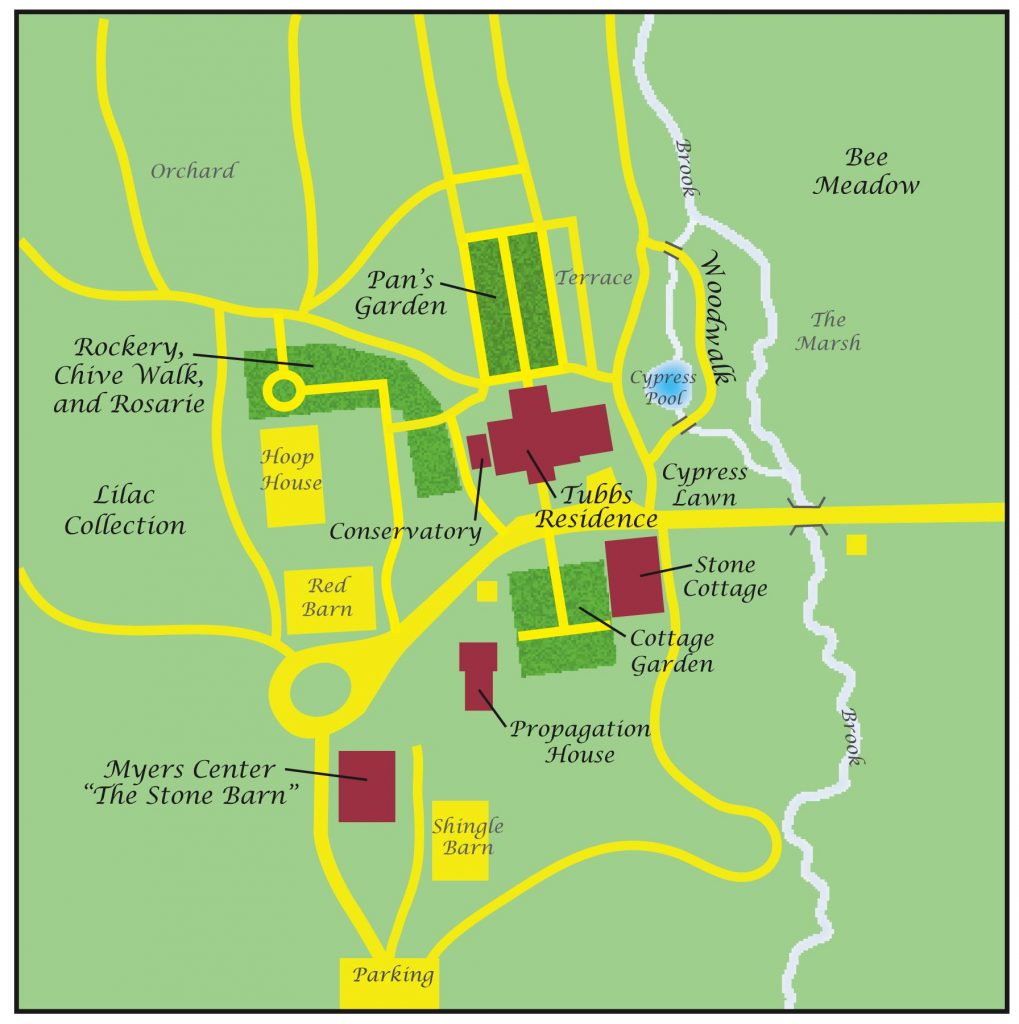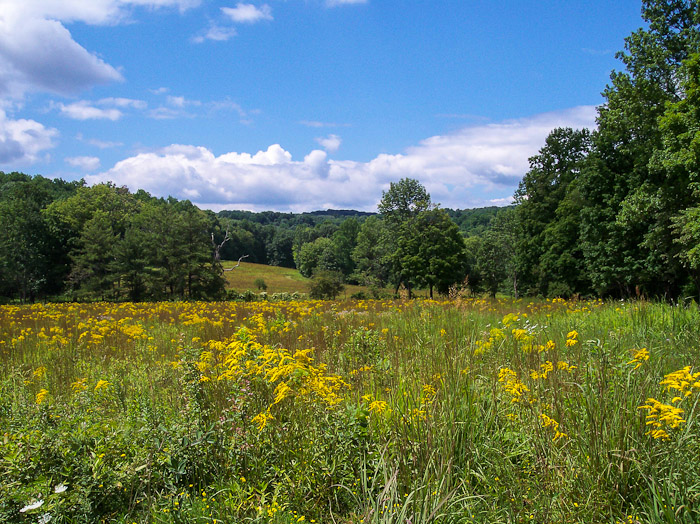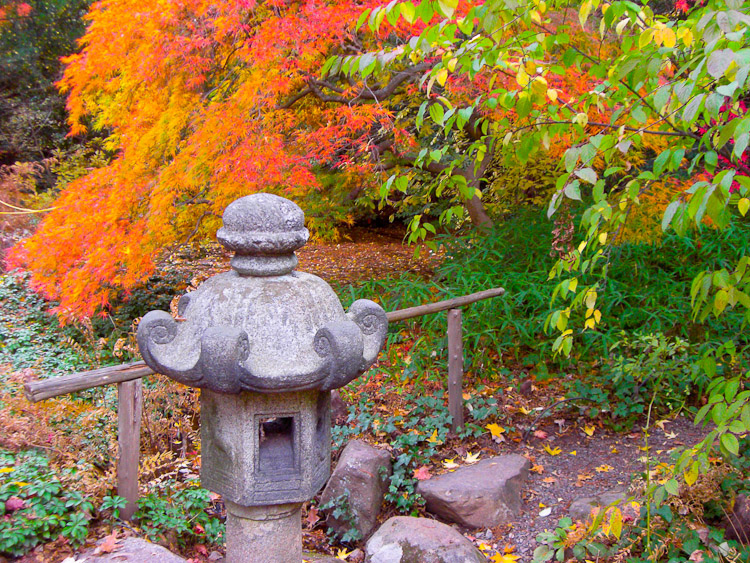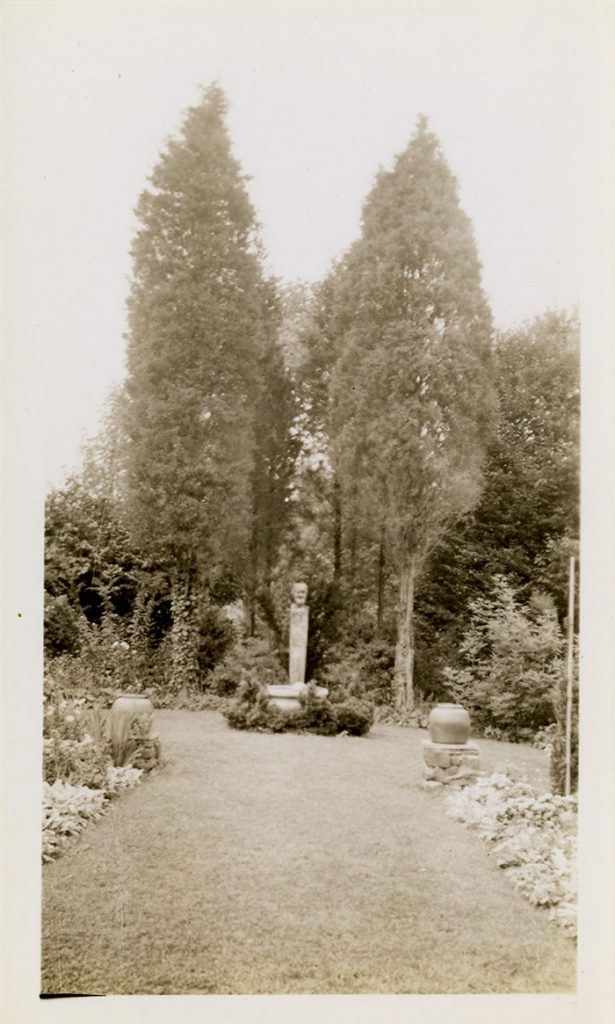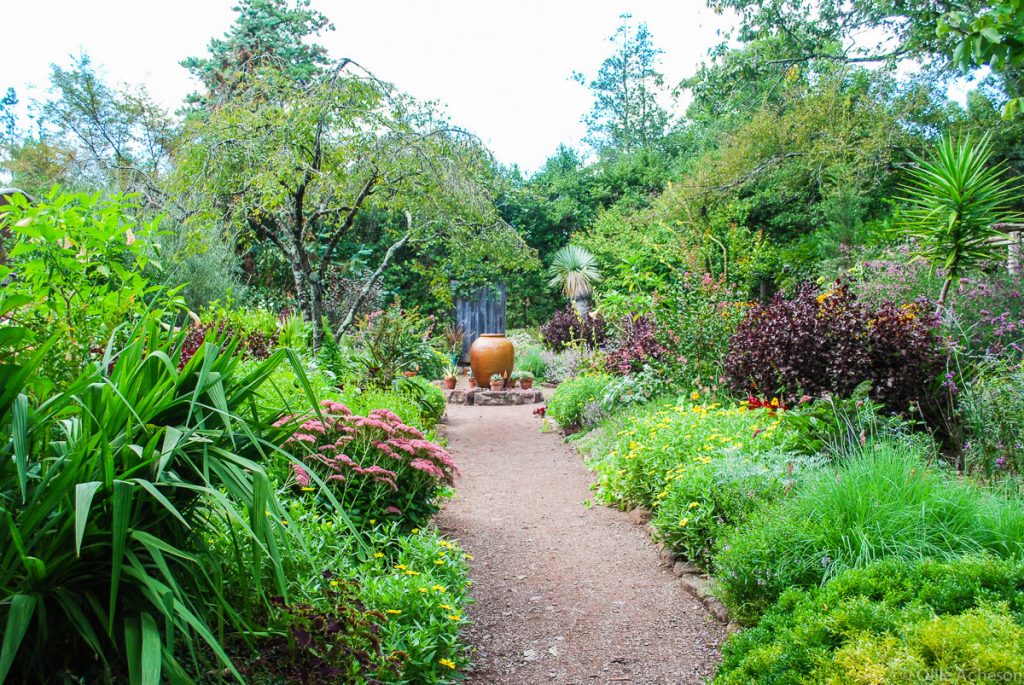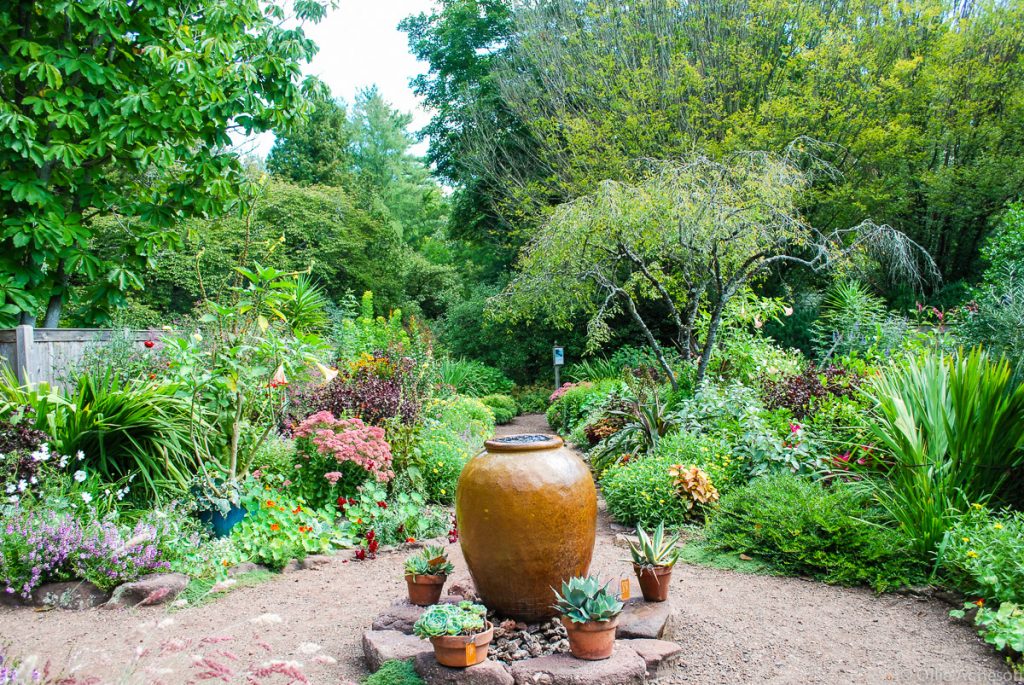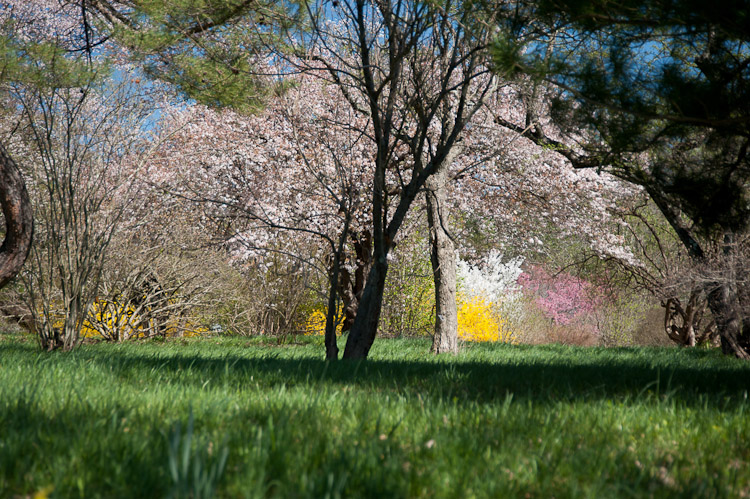Gardens of Special Interest:
- Bee Meadow: Stroll beneath the historic Catalpa Allée that was planted by Henry and Robert Tubbs’ father Ben in 1910. A nearby wet meadow is filled with asters, goldenrod, and joe-pye weed in summer and fall.
- Conservatory: At the Tubbs House: Enjoy an eclectic mix of subtropical plants throughout the year. Shrubs, vines, ferns, succulents, and herbaceous plants surround a small fountain. The famed Wilson house lemon perfumes the air from January to March. For more information about this wonderful Lord and Burham conservatory, click here.
- Cottage Garden: Across from the Tubbs House Front door: In line with the main axis of the house, this garden is an asymmetrical composition of small trees, shrubs and colorful annuals, perennials, grasses, vegetables, vines and tender plants to create an informal yet exuberant design from spring through fall. An arbor provides a shaded place to enjoy the birds and butterflies.
- Cypress Lawn: Follow the path beyond the Tubbs House and visit this shady glade with a large pecan and big-leaf Japanese butterbur provides a tranquil view of a woodland pool and waterfall. Bald cypresses tower above historic Japanese maples that provide a blaze of color in fall.
- Hacklebarney Field: The entrance to the arboretum is home to oaks, willows, flowering trees, and wildflowers. Several paths provide the perfect excuse to explore the rolling meadow.
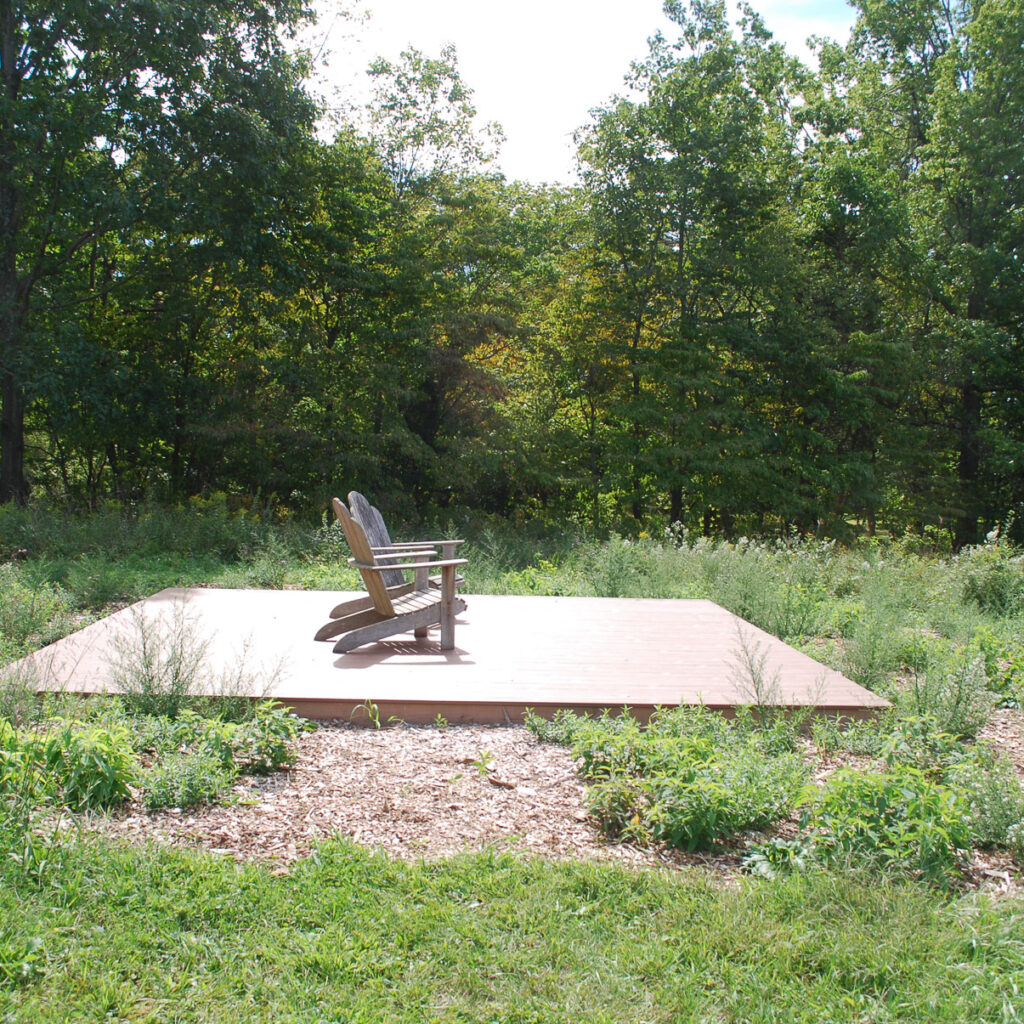
- Hillside Pasture: A pictorial view of the Tubbs House awaits visitors to this meadow of native grasses dotted with dogwoods, magnolias, and shadbush. The upright Eastern red cedars add a rustic air of formality. Asters and goldenrod abound in late summer and fall.
- Lilac Collection: Follow the path to the left of the circle by the Red Barn. This garden features lilac species and cultivars that are suitable for north-central New Jersey and was a favorite of Ben Blackburn. Flowering begins in late April and continues into June. Download our new Lilac Tour Brochure.
- Long Meadow: Follow the path to the far hillside for an exceptional view of the arboretum, or pass through the gate and continue your journey to Bamboo Brook. Flowering dogwoods and crabapples surround the meadow in spring while native grasses and wildflowers bloom in summer and fall.
- Monarda Meadow: Mature oaks provide a canopy for deciduous azaleas and other woodland shrubs. Dogwoods, redbuds, and shadbush flower in spring.
- Orchard: This unusual collection of trees and shrubs was planted for evaluation. Notable specimens here include Japanese flowering cherries and mature zelkova trees.
- Pan’s Garden: Tucked behind the Tubbs House and Henry Tubb’s particular delight. The plants in the rectangular beds of this formal garden are woven together to form a living tapestry – the design was based on a Persian prayer rug and plays with perspective.
- Conical boxwoods frame the bust of the Greek god Pan at the end of the garden – perhaps suggesting Henry’s mischievous nature. By making the path between the two main beds narrower at the end further from the house, Henry created the illusion that the garden is longer than it really is. The porch was a favorite place for the Tubbs Brothers to relax on hot afternoons. This garden has undergone restoration and was redesigned and replanted in 2012 and 2013.
- Rockery, Chive Walk and Rosarie: Take the pathway to the right of the Red barn. The Rockery is on your right with a collection of dwarf shrubs, little bulbs and other shade loving plants.
- The Chive Walk ushers you to the entrance of the Roserie which is not a traditional rose garden. It is a Mediterranean style garden created by Dr. Ben Blackburn in the 60’s and 70’s and features plants with “hot” flower colors and bold foliage. It is reminiscent of trips he and Hal Tubbs took in southern Europe. Enjoy roses, shrubs, vines, perennials, annuals, and tender plants from late spring through fall. A rustic wooden fence encloses the garden. A wisteria arbor and bench provide a quiet place to pause and reflect.
- Winter Garden: Discover deciduous trees and shrubs with attractive bark, colorful fruit, or interesting structure in winter. Conifers are featured here, as well. Daffodils adorn the garden in early spring.
- Woodwalk: Follow the winding path past the Cypress Pool through this enchanting woodland garden. Colorful wildflowers in spring give way to lush ferns and shade-loving perennials in summer and fall. Large trees cast deep shade while a small brook provides a musical backdrop.
- NJ and National Champion Dawn Redwood – Metasequoia glyptostroboides: Located at the corner of the Stone Cottage, across from the Tubbs House. This towering specimen has a trunk circumference of 212 inches, a crown spread of 60 feet, and an overall height of 112 feet, making it not only the New Jersey State Champion, but the newly crowned National Champion as well. Henry Tubbs and Dr. Benjamin Blackburn planted the tree in 1950, along with other Dawn Redwood saplings that they received as seedlings from Princeton University. The seedlings were propagated from seeds collected by Chinese foresters in the city of Lichuan, located in the Hubei province of China. The foresters were on a plant collection expedition there, funded in part by the Arnold Arboretum; to collect herbarium specimens and seeds of this once thought to be extinct species. The seeds they collected were sent to the Arnold Arboretum who in turn distributed them to arboreta and horticulturists throughout the county. James Clark, a horticulturist at Princeton University, was a recipient of some of the seeds and grew them on in to seedlings. Luckily, he offered three of these incredibly rare plants Dr. Blackburn and Mr. Tubbs, who grew them on further and eventually planted them out at Willowwood where they still stand today.
In addition to the garden areas above, Willowwood has notable collections of cherries, dogwoods, magnolias, maples, oaks, viburnums, and willows that are incorporated throughout the grounds.
Click here for descriptions of the various structures at Willowwood.
